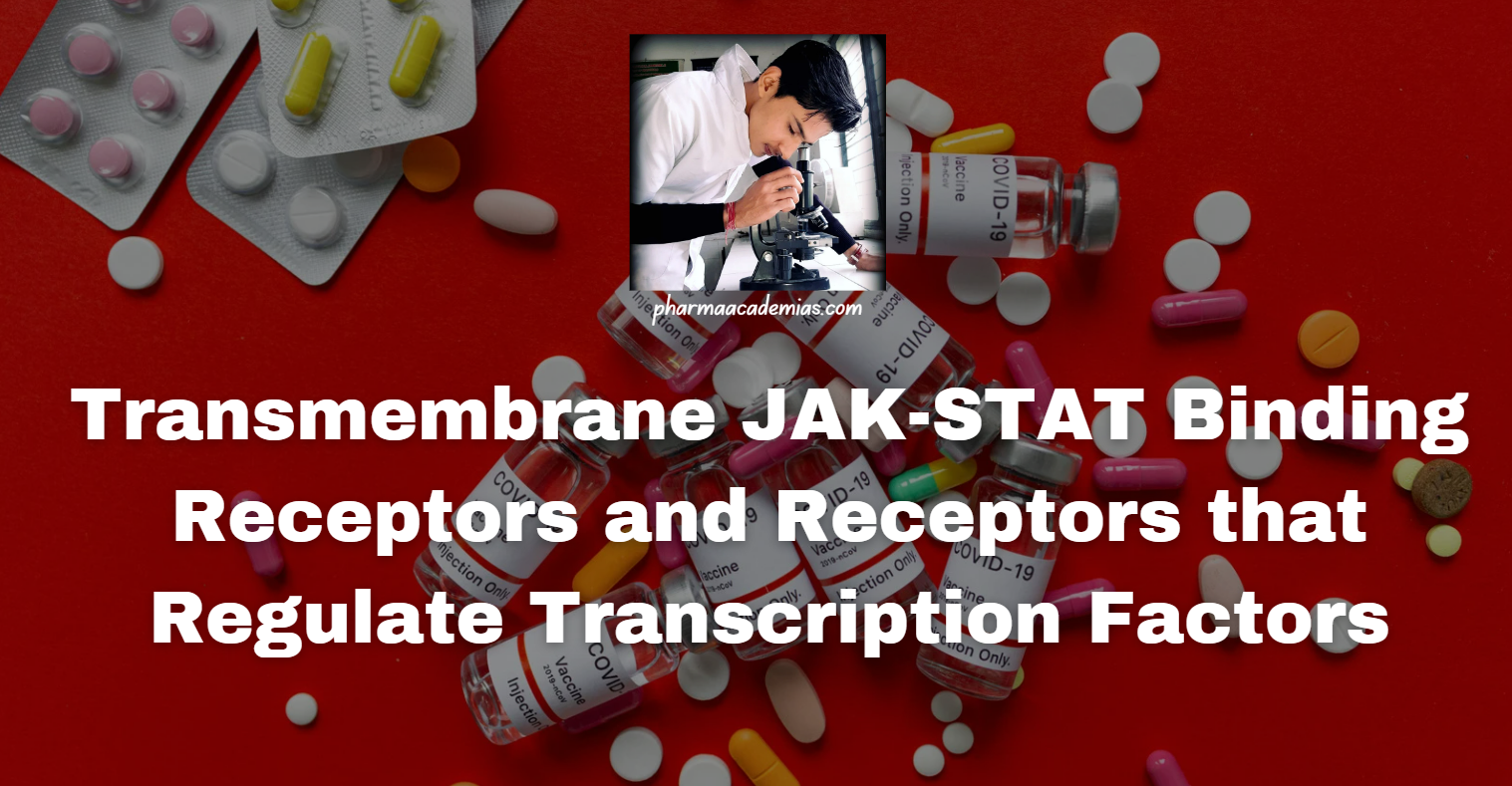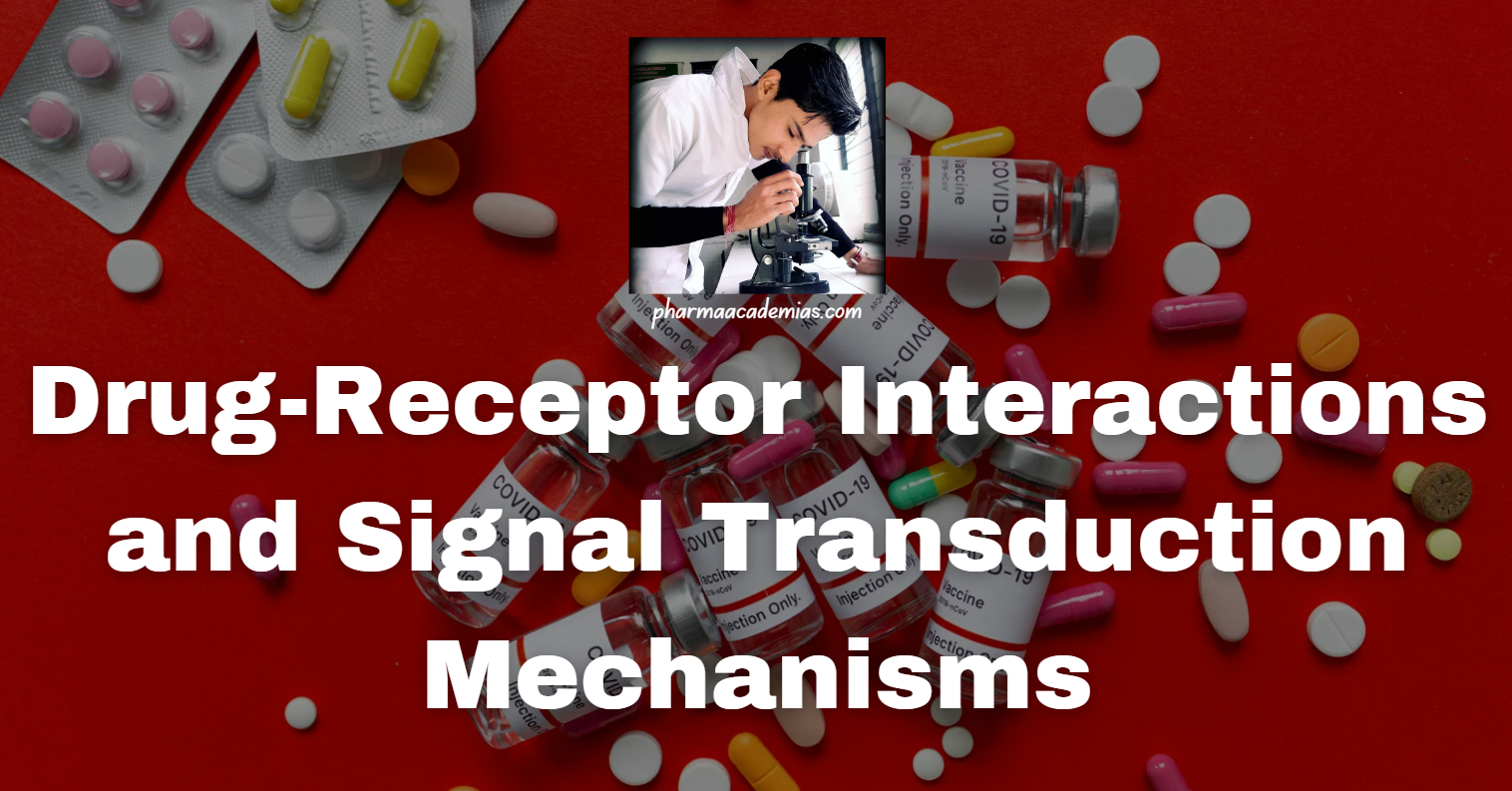Transmembrane JAK-STAT Binding Receptors and Receptors that Regulate Transcription Factors
Transmembrane receptors that bind to Janus kinases (JAKs) and subsequently activate Signal Transducers and Activators of Transcription (STAT) proteins play a pivotal role in regulating gene expression and various cellular processes. In this detailed note, we’ll explore the structure, function, signaling mechanisms, and pharmacological significance of these receptors, as well as other receptors that directly … Read more









